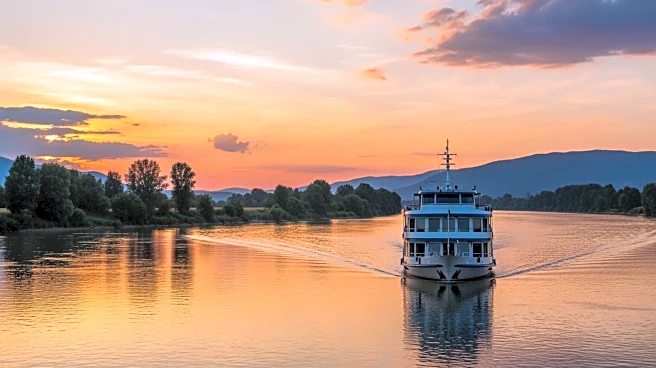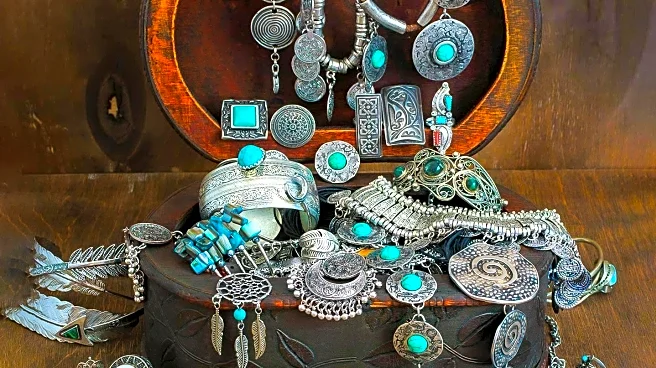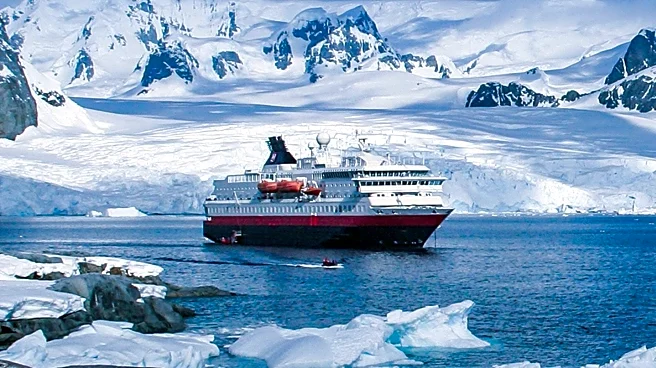What's Happening?
Last-chance tourism, a trend where travelers visit endangered natural sites before they disappear, is contributing to the degradation of these environments. Destinations like Antarctica and the Great Barrier Reef are experiencing increased tourist traffic,
which accelerates environmental damage. The tourism sector is responsible for a significant portion of global greenhouse gas emissions, exacerbating the very issues it capitalizes on. This paradox highlights the ethical dilemma of promoting tourism to vulnerable sites while contributing to their decline.
Why It's Important?
The phenomenon of last-chance tourism underscores the complex relationship between tourism and environmental conservation. While it raises awareness about endangered sites, it also poses a threat to their preservation. The trend highlights the need for sustainable tourism practices that minimize environmental impact. The ethical implications of last-chance tourism call for a reevaluation of how travel can be conducted responsibly, balancing the desire to experience natural wonders with the imperative to protect them for future generations.
What's Next?
To address the challenges posed by last-chance tourism, stakeholders in the travel industry may need to implement stricter regulations and promote sustainable travel practices. This could include limiting visitor numbers, encouraging alternative travel methods, and investing in conservation efforts. Additionally, raising public awareness about the environmental impact of tourism could lead to more responsible travel behaviors. The industry may also explore ways to offer virtual experiences as an alternative to physical visits, reducing the environmental footprint of tourism.













